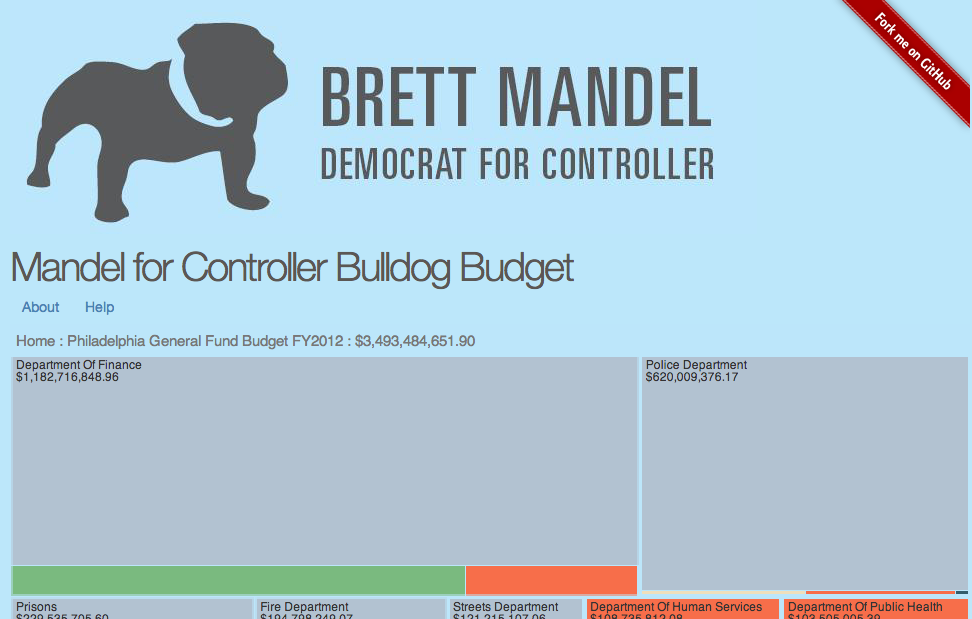Category: Work
-

Best Things This Year (2024)
2024 is just about over and I can’t believe we have this dipshit Donald Trump returning to the White House. I feel the same as I did 8 years ago, but the second time around is going to be different in unexpected ways. I’m trying to stay positive and not get lost in despair and…
-

Best Things This Year (2023)
I spent the first 4 days of 2023 stuck in bed. I threw my back out on New Year’s Eve after days of painting my old apartment / new house. I thought it would get better on its own but after four days I finally went to urgent care. They put a giant needle in…
-
Spoil Your Meetings
You just got a calendar invite your boss. What’s going on? Are you getting fired? Your last performance review was fine! You walk to your boss’s office. HR is sitting there with her. Oh crap, oh crap, oh crap. HR walks out as you walk in. You sit down, and your boss says, “Hey I…
-
Real Work
I want to talk about real work and fake work. We have 1:1’s, standup meetings, team meetings, check-ins, all-hands, and serendipitous meetings at the coffee machine. How long did you spend writing google docs, emails, slack chats, gchats, hipchats, and wikis? What percentage of your day comprised of tuning your vimrc/emacs/bashrc and organizing your trello…
-
10 Things I’m Doing After Reading The Principles of Product Development Flow
A few weeks ago I showed this slide during a talk I gave to clients of RJMetrics. The Goal is legendary in my family as a guide for unlocking throughput in manufacturing. Garvey Corp’s entire business model is helping companies exploit constraints and increase profits. It got me off to a great start in manufacturing,…
-

Best Things This Year (2013)
Anecdotally, it seems like a lot of people shook up their lives in 2013. I certainly did. Here are the best things that happened to me in 2013. 1. RJMetrics – In March I started working at RJMetrics, an e-commerce data analytics firm in center city Philadelphia. Leaving Garvey Corp was a difficult decision, but…
-
HOWTO: Build an Automatic Gong
I made my first post over at the RJMetrics Engineering blog about how we built an automatic gong that rings whenever we get a new client.
-
Scariest thing I’ve read all year: The Dunning-Kruger Effect
When Will Ferrel describes his George W Bush impression, he says he just imagines having a lot of “unearned confidence.” How would you know if you were one of these people? I first heard about the Dunning-Kruger effect in a comment on Hacker News and it immediately made me question a lot of things. The…
-
New Job
Garvey Corporation was started long ago as a gas station in 1926 by an Irish immigrant named Gordon Garvey. He chose a location on Route 73 directly between Philadelphia and Atlantic City, since it would be an ideal place for people to stop for gas coming from either direction. The company moved away from being…
-
Infinity Rx Vial Accumulator 3D pic
Here’s a screenshot of the 3D model version of the new vial accumulator I mentioned a few days ago. The only thing it doesn’t show is the conveyor chain. Compare:
-
What I do
I don’t make too many work posts, but here is a quick explanation of what I do every day. I’m the Engineering manager for Garvey Corporation, a company started in 1926 by my great grandfather, Gordon Garvey. We make product handling equipment for high speed packagers in the food, beverage, pharmaceutical, and consumer products industries.…
-
Mechanical engineering internship
Any south jersey mechanical engineering students looking for a paid summer internship? Email me.